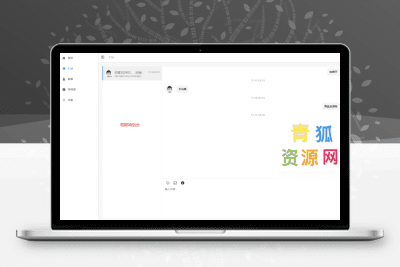通过接口定义函数类型,指定所需的参数和返回值类型,从而定义函数行为而不指定具体实现。接口可用于定义函数、实现函数和使用函数。
Golang 函数如何进行接口定义
接口定义
接口是一种定义函数类型的方式,它指定了函数所需的参数和返回值类型。接口在定义函数时非常有用,因为它允许您定义函数的行为,而无需指定具体实现。
可以使用 interface {} 关键字来定义接口。在接口中,您可以指定一个或多个方法,这些方法定义了函数的参数类型和返回值类型。
1
2
3
4
5
// 定义接口
type MyInterface interface {
Method1(arg1 string) (result1 string)
Meth小白轻松搭建系统点我wcqh.cnod2(arg1 int) (result2 int)
}
实现接口
要实现接口,您需要实现接口中定义的所有方法。方法的实现必须与接口中定义的签名匹配。
立即学习“go语言免费学习笔记(深入)”;
1
2
3
4
5
6
7
8
9
10
11
12
13
// 实现接口
type MyStruct struct {
}
func (s MyStruct) Method1(arg1 string) (result1 string) {
// 方法实现
return “Method1 implemented”
}
func (s MyStruct) Method2(arg1 int) (result2 int) {
// 方法实现
ret小白轻松搭建系统点我wcqh.cnurn arg1 * 2
}
使用接口
一旦您实现了接口,就可以将该接口作为函数参数类型或返回值类型使用。
1
2
3
4
5
6
// 使用接口
func MyFunction(i MyInterface) {
// 调用接口方法
i.Method1(“foo”)
i.Method2(10)
}
实战案例
下面是一个实战案例,演示如何定义和使用接口来实现一个简单的计算器:
1
2
3
4
5
6
7
8
9
10
11
12
13
14
15
16
17
18
19
20
21
22
23
24
25
26
27
28
29
30
31
32
33
34
35
36
37
38
39
40
41
42
43
44
// 定义接口
type Calculator interface {
Add(a,小白轻松搭建系统点我wcqh.cn b int) int
Subtract(a, b int) int
Multiply(a, b int) int
Divide(a, b int) int
}
// 实现接口
type SimpleCalculator struct {
}
func (c SimpleCalculator) Add(a, b int) int {
return a + b
}
func (c SimpleCalculator) Subtract(a, b int) int {
return a – b
}
func (c SimpleCalculator) Multiply(a, b int) int {
return a * b
}
fu小白轻松搭建系统点我wcqh.cnnc (c SimpleCalculator) Divide(a, b int) int {
return a / b
}
// 使用接口
func main() {
calculator := SimpleCalculator{}
result := calculator.Add(10, 5)
fmt.Println(“Add:”, result) // 输出: 15
result = calculator.Subtract(10, 5)
fmt.Println(“Subtract:”, result) // 输出: 5
result = calculator.Multiply(10, 5)
fmt.Printl小白轻松搭建系统点我wcqh.cnn(“Multiply:”, result) // 输出: 50
result = calculator.Divide(10, 5)
fmt.Println(“Divide:”, result) // 输出: 2
}
以上就是Golang 函数如何进行接口定义的详细内容,更多请关注青狐资源网其它相关文章!















暂无评论内容